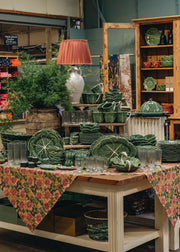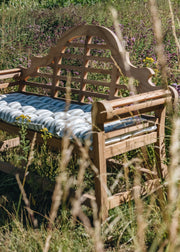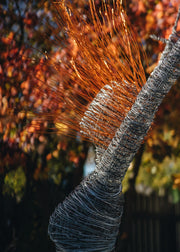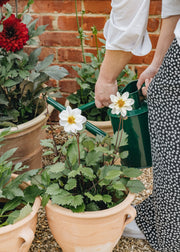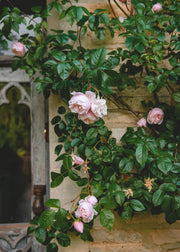Getting to Know: British Tulip Bulbs
The classic song lyrics dictate, ‘When it's spring again, I'll bring again - tulips from Amsterdam’ and as reliably as the song spins relentlessly in your head, you can be assured of finding Dutch tulips to plant in your garden. So, it’s somewhat exciting and unusual to have a selection of tulips grown here in Britain.
Although many flower growers still plant bulbs and grow tulips in Britain, these are generally for the cut flower trade. There used to be many British tulip bulb growers as it was very popular for arable farmers to have a small glasshouse and force some flowers each winter, with bulbs supplied by Lincolnshire growers. As the number of flower growers declined, so did the number of bulb growers.
The dry bulb trade started in Britain in about 1918 and expanded rapidly over the years. Notable for its bulb growing due to the composition of silt in its soil, Spalding in Lincolnshire became renowned for its tulip parade, using the millions of tulip heads, that are removed in full bloom, to decorate floats, some up to 50 feet in length and covered in half a million tulip heads. (By removing the heads in this way, the bulb is faster at producing new bulbs, as well as preventing the petals falling on foliage, rotting, and possibly causing a disease known as tulip fire.) This parade achieved worldwide fame over its 55 years, before its final occurrence in 2013. A reduction in the number of commercial tulip bulb growers and the cost of putting on the event signified its demise, although in recent years there have been plans to resurrect the parade, supplementing the tulips with other flowers, including some knitted ones!
Based in East Anglia, the one remaining commercial bulb grower in Britain also used to be a significant cut flower nursery, so these stocks were mainly for their own flower production, planting and growing the bulbs in controlled environments to yield perfect flowers for florists and supermarkets. This explains why the range is dominated by Triumph varieties bearing the classical tulip flower shape, on long stems of about 45cm and mainly available in single colours. As can be expected, these tulips will also have a long vase life, making a wonderful addition to a cut flower arrangement in spring. For those looking to lower their carbon footprint, these bulbs make a worthwhile addition to the spring garden.
Tulipa Purple Flag Bulbs is one such example. Sleek with deep colouring, this Triumph tulip will bloom from April to May.
First Class Tulip Bulbs – this variety is scented, adding an extra dimension to any floral arrangement. The two-toned petals are delicate and pretty.




